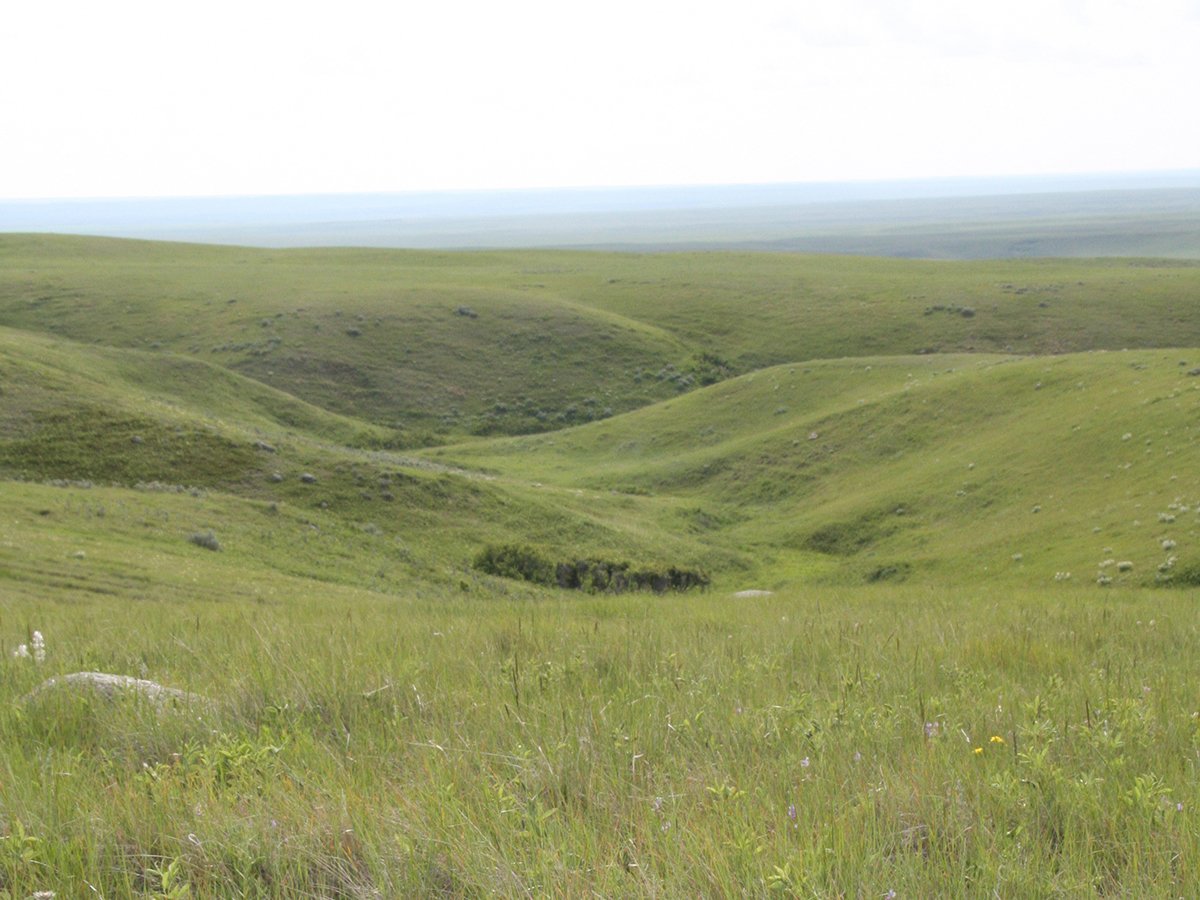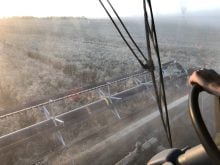PINE LAKE, Alta. — The television crews are gone, the campground has reopened and people have begun to rebuild their lives.
It has been seven weeks since a tornado smashed through a trailer park in central Alberta, killing 12 people and injuring dozens more.
But for farmers whose farms were destroyed, the rebuilding process will take time.
“This is the hardest time we’re going through now,” said Dave Smith, whose dairy barn was blown apart during milking.
The dairy barn is mostly rebuilt and new fences are up, but there is still much left to do, said a weary Smith, looking around at smashed corrals, twisted machine sheds, broken bins and piles of trees littering the yard.
Read Also

Alberta irrigation project on grasslands approved
Environmental concerns raised by Alberta conservation groups over irrigation expansion project within rural municipality
“The problem is you go through shock, fear and now you work so hard it doesn’t take much to light the fuse.”
Exhausted family members accuse each other of not pulling their weight or doing the wrong job first, and all they can see ahead of them is more work.
“If it hadn’t been for the neighbors, my wife and I would have packed it in. I’m 71, we didn’t want to start again.”
From the beginning, the farm community has pulled together to help the nearly 30 farmers hit by the July 14 tornado. Some of the farms only had shelterbelts uprooted, but others, like the Smiths, were virtually wiped out.
Shortly after the tornado hit, 10 trailer loads of Smith’s dairy cattle were sent to two neighboring dairy farms to be milked for the next three weeks while the barn was rebuilt.
Hundreds of people walked the fields to pick up debris. Pieces of boats and campers from the campground across the lake were scattered through his field.
His barn “blew all over the country.” The yard was full of shingles and 11 of his 15 plastic calf shelters disappeared. Four of the seven grain bins were destroyed, and one disappeared altogether. The towering spruce trees that surrounded his house are in a pile.
“We were virtually wiped out,” he said.
“People tell me I was lucky because no one was killed, but if I was killed I wouldn’t have to deal with this mess,” said Smith, who said the combination of insurance and government aid won’t cover the cost of rebuilding.
“When you’re under stress, you make decisions rapidly, either rightly or wrong. Now we have a chance to think about things and they’re not going as fast as you’d like,” said Smith, who is seeking contractors to help rebuild.
But Central Alberta is going through a construction boom, and builders are busy working on high-paying oil and gas construction jobs, or fixing other homes damaged in the tornado, he said.
Eight kilometres away, Mel and Marg Lindeman said there were 60 neighbors in their yard the day after the tornado with chainsaws, payloaders, tractors, trucks, brooms, food and garbage bags to pick up the debris and clear a path out of the farmyard.
“We’ve had a lot of help to get through it,” said Marg.
“It’s like a death in the family. You deal with it and get through it. You have no choice. You have to cope.”
The tornado lifted part of their house off its foundation and set it back down again.
Their daughter, Melody Banks, and three grandchildren huddled between two freezers in the basement of a home in the same farmyard as the tornado tore their entire house away.
After the tornado passed by, the Lindemans and their visitors, who were over for supper, stepped out of the bathtub where they had taken refuge, and raced to their daughter’s house. They ran up the front stairs and tore open the door, only to discover there was no home behind the door.
“We never saw the house was gone until we opened the door,” said Marg.
They ran around to the back door on the ground floor and saw the family huddled in the basement soaking wet and crying.
Mel said they don’t know if they’ll ever get over the trauma. In the beginning, they needed sleeping pills to stop the horror movie replaying in their minds.
While much of the debris has been picked up, there is lots of work to do in between the regular farm work of haying, swathing and combining.
They’ve had seven flat tires from driving across bits of wood and nails.
“You wander around and end up doing nothing,” said Marg.
Mel said a simple two-minute job like fixing a swather blade takes half an hour. He first has to hunt for the tools in the piles of debris picked from his field and then pick through another pile for spare parts.
“You have to go and hunt for everything,” he said, estimating there was $500,000 damage.
“We don’t think of tornados as part of our life here, but we will now.”
















